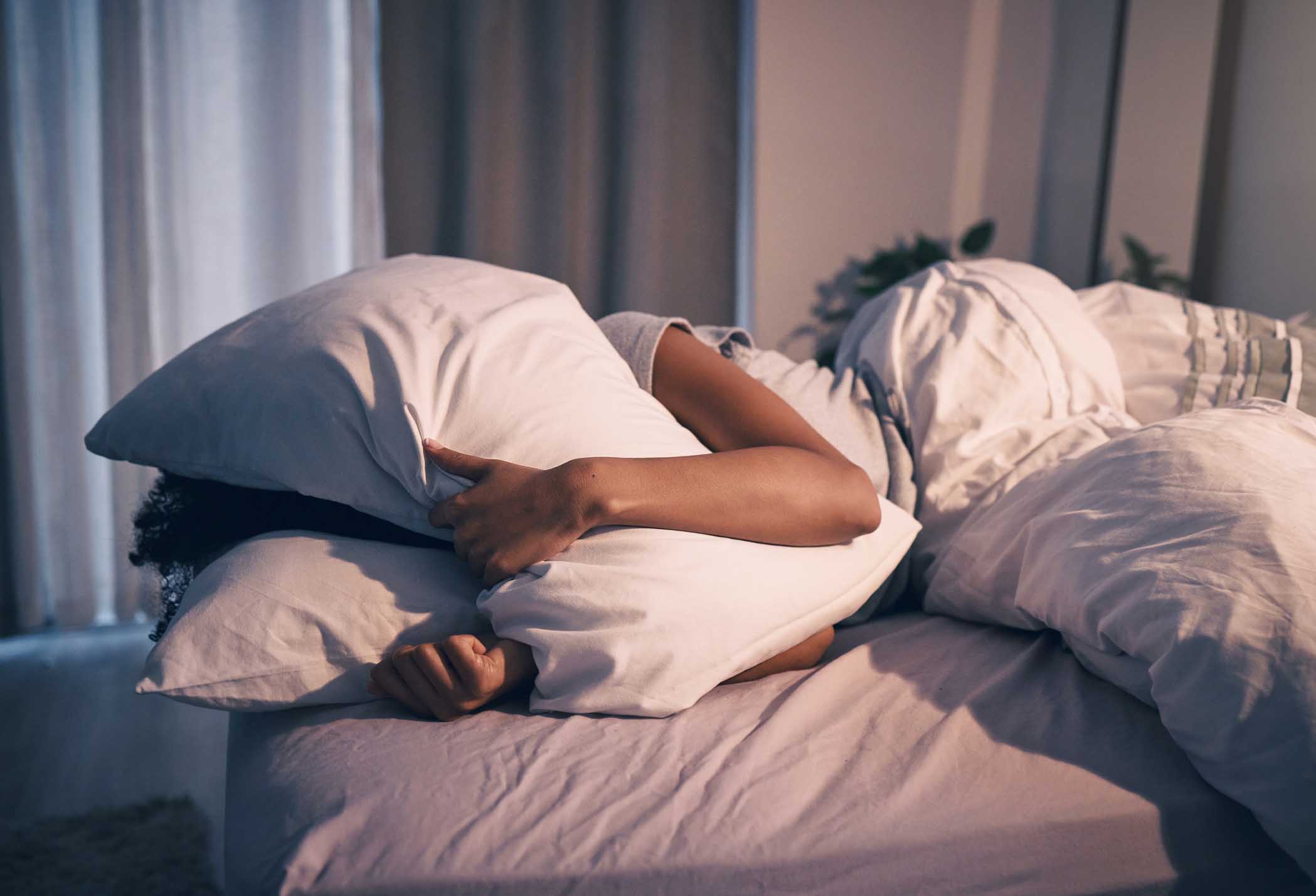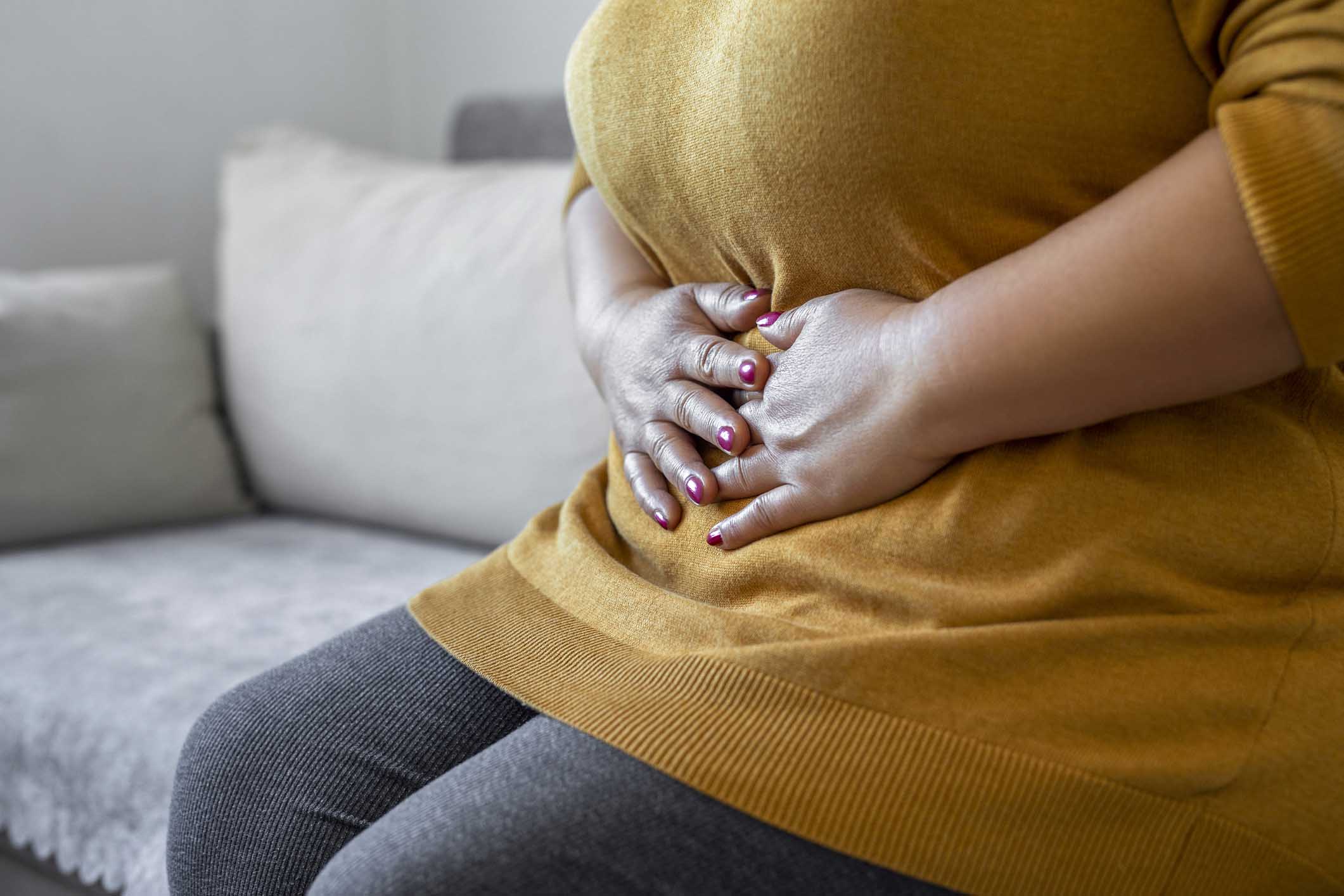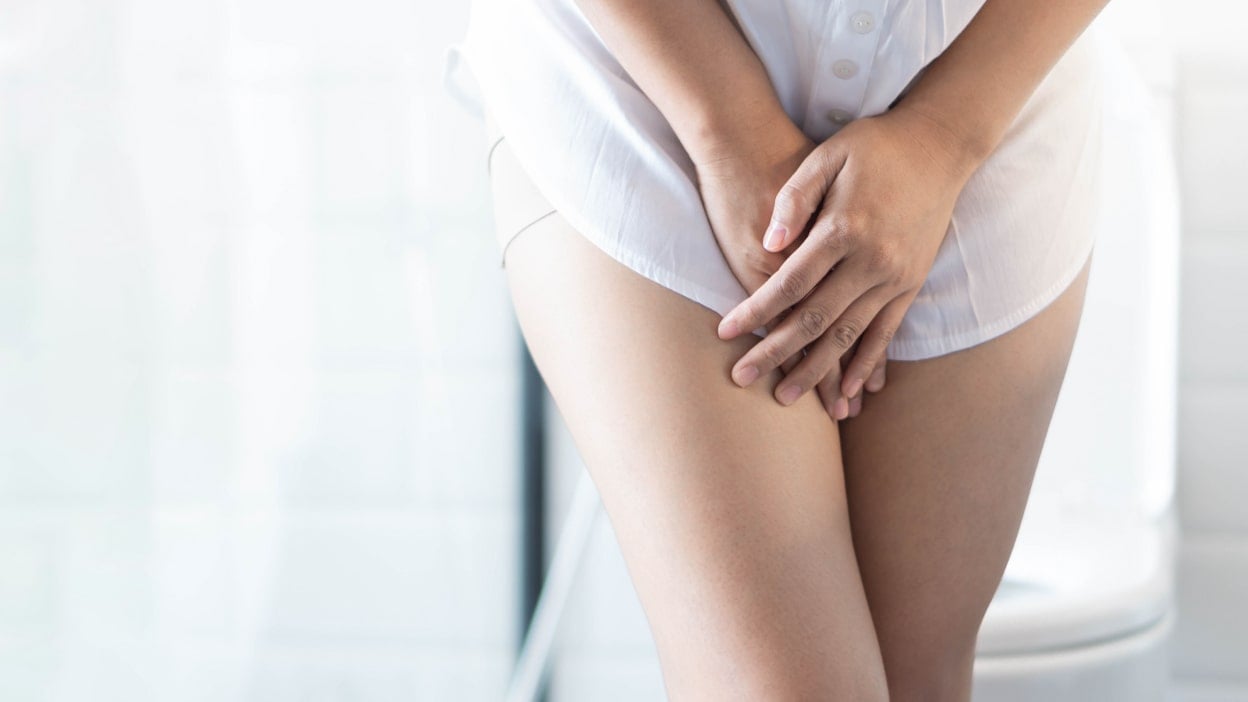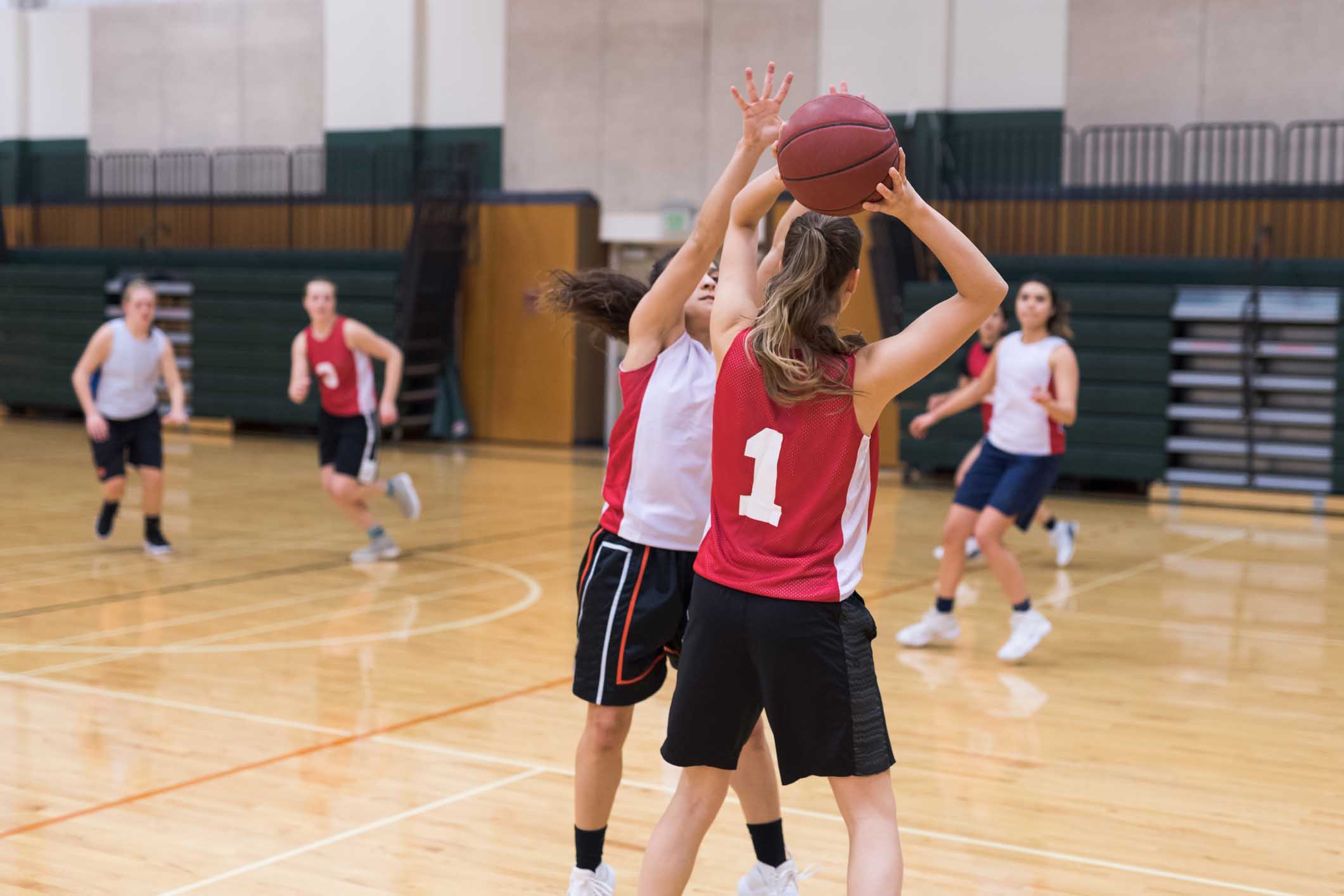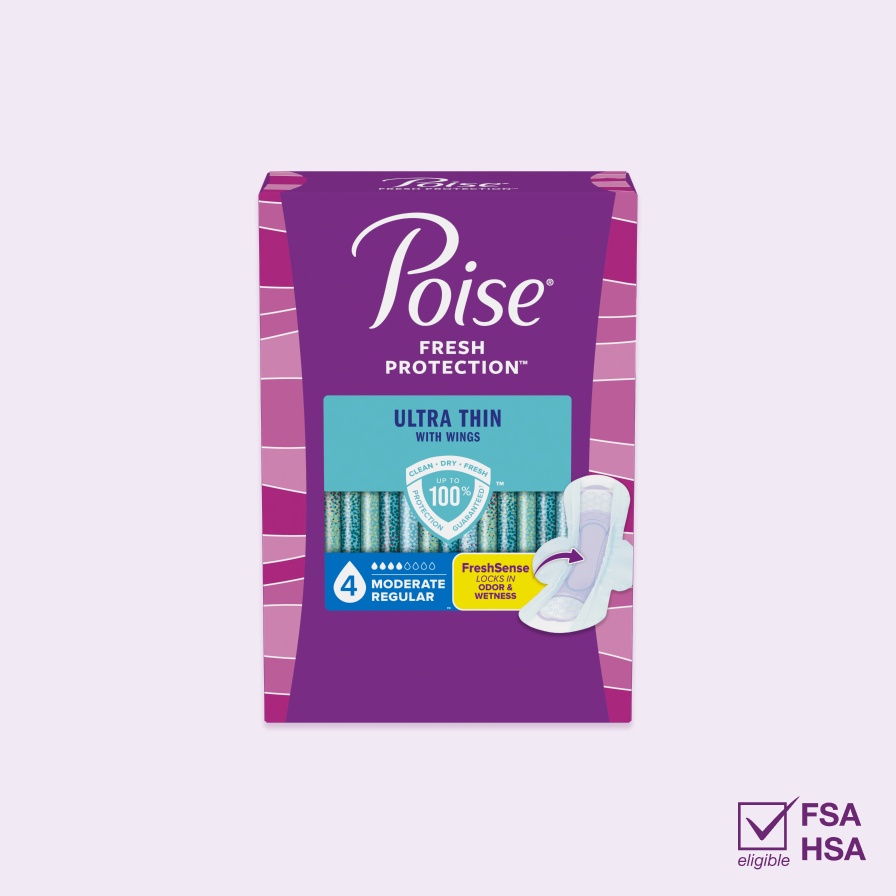Managing Nighttime Incontinence & Leaks
Managing Nighttime Incontinence & Leaks
Waking up in the middle of the night with a strong urge to go can be so annoying. I get a lot of questions from women who are frustrated by nocturnal urges, and the fear (or certainty) of leaking when getting up from their beds. To get some answers, I reached out to bladder leakage researcher, Janis M. Miller, Ph.D., a nurse practitioner at the University of Michigan. Not only did she offer practical advice, she also shared some surprising news about drinking water that challenges what many of us believe. This is one post you’ll want to share with the important women in your life.
Swollen Ankles & Nighttime Leaks
“When someone comes in with night time leaks, the very first thing I do is find out how old they are,” said Miller. Here’s her approach for women both young and older: When women are older or if they have some kind of medical condition, Miller looks at their ankles for swelling. When women with swollen ankles lie down at night, there can be a fluid shift. “All that water sitting in their ankles gets back into their system, into their kidneys, and out the bladder,” said Miller. Her advice?
1. Elevate your feet during the day. Use it as an excuse for a half hour nap. Make sure your chest is below your feet. This helps get some of that fluid to shift during the day, so it’s not so distressful during the night.
2. If you’re taking a diuretic or water pill, consider adjusting the time you take it. When women have a fluid overload in their system, their physicians may try to get water out of their system through medication. Typically these pills are prescribed to take first thing in the morning. However, Miller suggests you check with your doctor to see if you can take that pill at a different time of day. If, for instance, you take the pill every day at 3 p.m. it will pull the fluid out of your system between 3 p.m. to 7 p.m. “Which means you’ll go to bed with a lot less fluid on board,” said Miller. This means your sleep is less likely to be disrupted. “In younger woman, I’m going to look at their ankles for swelling, but that’s usually not the problem,” said Miller, “Then, I’m going to start her with a voiding diary.” Miller tells all women who experience night time leaks to track the fluid coming into and out of the body. When you get up at night, you’ll want to find out if it’s because your bladder is actually full, or if you’re getting what she calls a false alarm or a “mutinying bladder.” To determine this, use a toilet pan to measure and track.
Retrain a Mutinying Bladder
“The rule of thumb is the bladder should readily hold a cup of urine, and at night, up to two cups,” said Miller, “If you’ve made it through the whole night, and you have 16 ounces, that’s okay. If you had to get up once at night, and had about one cup of urine, and first thing in the morning you had one cup again, that’s okay too.” If that’s happening, then you really do need to get up at night and go to the bathroom. “If you’re getting up and have only two or three ounces - that’s a mutinying bladder,” said Miller, “Once you know that, you should just ignore it, turn over, and go back to sleep.” If you respond every time the bladder has two or three ounces, it will cue you every time it has two to three ounces, instead of cuing you at six to eight ounces. “You’re training it to wake you up at night at an inappropriate volume,” said Miller, “Retrain it to not wake you up unless you really do have a cup or so.” Miller says that women should produce about a cup of urine, every three to four hours on average across the day. If you only have a few ounces, you need to retrain your bladder by distracting yourself. “Simply know that it’s okay to do that,” said Miller. To relieve the urge, she suggests contracting the pelvic floor tightly, using a method called, “The Knack.” Some women are going to the bathroom and routinely releasing 12 to 16 ounces. They are not going to the bathroom often enough. What you have to do at that point is figure out why there’s so much volume.
Tips on Fluid Intake
“The problem isn’t always an overactive bladder, its overactive beverages,” said Miller, “We never drink eight ounces anymore. We drink 12, or 16, or 20 ounces in our super-sized culture. I see women who are drinking a gallon of fluid a day.” “But Janis,” I said, “I’ve heard that women are supposed to drink eight glasses of water a day.” “That’s a bunch of hooey!” she said, “I tried to find the data that supported it and couldn’t. I put two graduate students to work to find the foundational data for it. They were totally befuddled. There is no data that supports that.” One place Miller thinks this idea may have stemmed from is a food recommendation that came out many years ago, from the FDA, that included a total fluid recommendation. “But that fluid amount included all fluid, in both food and beverages,” said Miller, “There’s a lot of fluid in food.” A tiny four-foot-nine-inch woman who lives a quiet lifestyle, and a six-foot tall soccer playing woman who is incredibly active physically, are both being told to drink eight glasses of water a day. They’re drinking the same amount because they think they’re supposed to,” said Miller, “It is a non-sensible bit of advice.” In addition to the eight glasses of water, they’re drinking other beverages - juices, teas, and energy drinks too. “There is nothing wrong with their bladders. They’re just drinking too much,” Miller said, “and they’re being put on medication.” Millers advice? Stop asking, “How much you should I drink a day.” Start asking, “How much should I pee a day? And what color?” That’s your guide. Simply put. The bladder should hold about a cup of urine, and the color should be yellow. Not orange, and not colorless. “The only way to know if you’re drinking enough is to look at the color of your pee,” said Miller, “Women who go to bed at night, and they’re producing 4 or 5 cups of urine, need to get up or they’ll stretched out their bladder. When your urine is colorless, you’re overhydrated”
A Few Exceptions
There are exceptions. Here are some that Miller pointed out:
• Women who are on water pills (diuretics) will produce a higher volume from the pills. They may have to be in the bathroom every half hour for a couple of hours, when they get a fluid shift.
•Women who have “Painful Bladder Syndrome” get feelings of urgency that are a little different. They have the sensation of discomfort (if not pain) particularly when they’re young. And it’s not due to excessively drinking. They need to see a specialist.
•Women athletes who experience LBL need to find out if they’re experiencing overactive bladder or overactive beverages. Typically they’re told to drink, drink, drink before their athletic events. If they’re having bladder concerns, they need to sip, not guzzle during their events.
• Women who have issues with their urethra (more common in older women.) A healthy urethra is held very tight and closed except when it has to open up to allow the bladder to empty. There is an aging component, as well as a genetic component associated with it. “Women spend a lot of money coming to see me,” said Miller, “and what I tell them goes against all the messages they’ve been hearing. Luckily, the voiding diary tells the story.” It can be a useful tool for you (and your medical professional) to figure out what’s going on, and uncover solutions that will help you get a better night’s sleep.
What do you think? Share your night-time LBL experiences, solutions, or concerns with us.
Recommended Products
Absorbency Level
Absorbency Level
